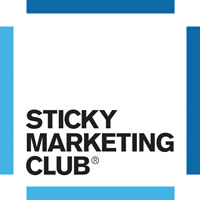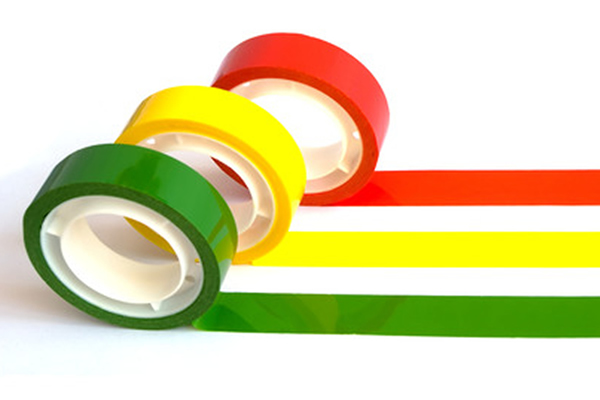In traditional marketing, companies succeeded by ‘shouting’ their message very loudly. Whether this ‘shouting’ was delivered via advertising on TV and radio,on billboards and in newspapers, or via direct channels such as direct mail or cold calling, a marketing department’s job was to choose the channels which would capture the most attention of their particular client base.
This approach worked because we all lived in a world where we were much more limited in choices than we are today. Before the global economy was a reality, people were often very restricted in terms of the variety of products they could source. Moreover, before the emergence of the World Wide Web and digital technology, we did not have the access to information we all enjoy today.
Marketing, therefore, often provided us with a vital information resource unavailable elsewhere. For example, think about going on holiday. People would often base their choice on travel brochures which, after all, were just marketing materials for holiday companies. However, consumers used them because there were no other resources available.
In other words, marketing, inadvertently, used to provide people with value, which is why they paid it attention. However, this is no longer the case. Today, in most areas of our lives, we have more choices than with which we know what to do. We also have access to such a wide variety of information that the problem is normally too much, not too little.
In this context, the ‘shouting’ with which companies used to gain our attention, is having less impact than in previous generations. Today, more of us are screening it out in favour of finding information, at our convenience, through online searches and our friends.
Companies used to try and shout at us everywhere in order to sell their wares. Today, the world has changed. We screen the shouting out because it is not normally convenient and is just interrupting our day. The point is, however, that thanks to mobile phones and the World Wide Web, as customers, we can access people’s marketing whenever we choose.
The key for companies today is not to shout at us at their time of choosing. Instead, it is for them to be attractive. This means, when we choose to look for something that relates to their offering, we choose to go to them. Moreover, ‘attention’ today is so scarce, with all the different media from social networks to text messaging distracting us, that once a company has our attention they need to ensure we keep coming back.
In other words, companies now have to become ‘sticky’. This can only be done by companies creating value. For example, informative ‘how to’ videos and interviews with experts can provide consumers with a reason to engage. Similarly, writing a ‘top tips’ article can provide relevant information. Entering into strategic alliances with partners in order to create new value for a consumer can also be a way of gaining attention.
The fundamental difference between old and new marketing is this. Companies used to market for themselves to drive profits and sales. The timing of their marketing and the channels they used to market their message were all about them. The value a potential consumer took from the marketing was inadvertent and only came about because choice and information were relatively scarce.
Today, for marketing to be successful, it has to go ‘sticky’. The whole essence of the marketing should be to provide consumers with value. This will attract them to a business and then help to keep them engaged over the longer term. Becoming ‘sticky’ means marketing which then gains you the attention of a customer base. Today, with attention being so scarce, it is the companies that can gain the consumer’s attention that will ‘win’ in a global, technology driven, web enabled world.


